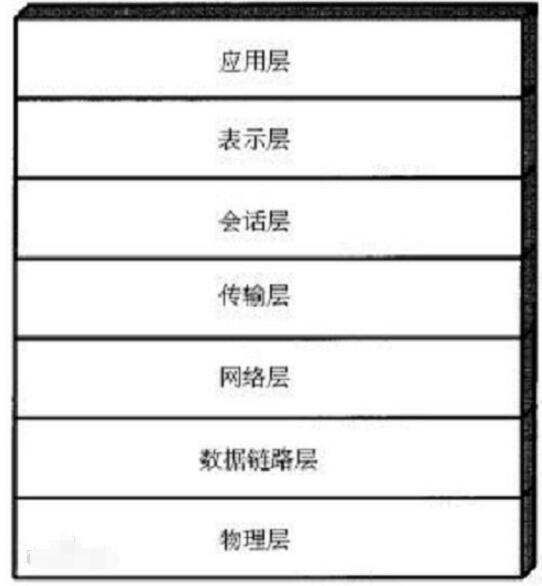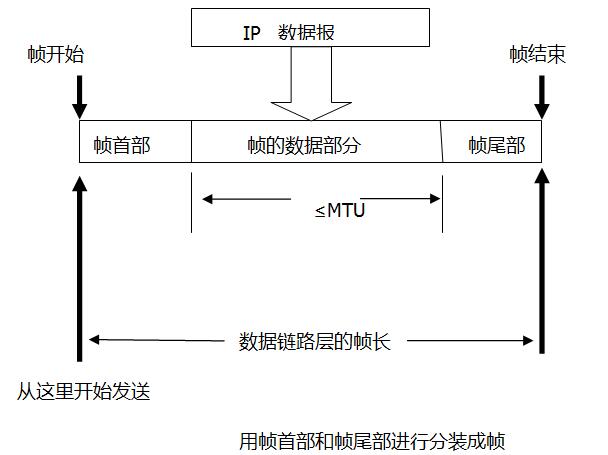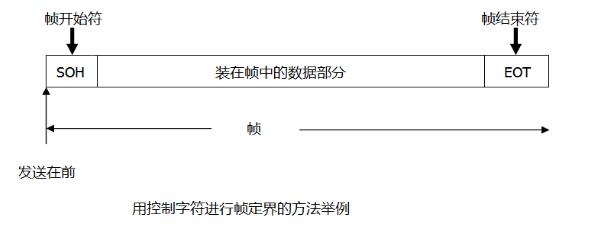**Introduction to the Data Link Layer**
The data link layer is the second layer in the OSI reference model, positioned between the physical layer and the network layer. Its primary function is to provide reliable data transfer services to the network layer based on the underlying physical layer. The most fundamental service of this layer is to ensure that data from the network layer is accurately delivered to the adjacent node's network layer. To achieve this, the data link layer must implement several key functions, such as framing data into blocks called frames, which serve as the transport unit for this layer. It also manages frame transmission over the physical channel, including error detection and correction, flow control, and the establishment, maintenance, and release of the data link between two communicating entities.



Guangdong Tumtec Communication Technology Co., Ltd , https://www.gdtumtec.com
